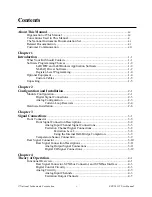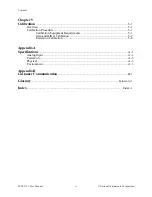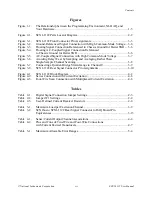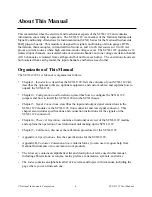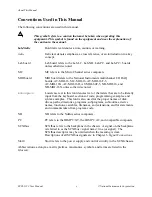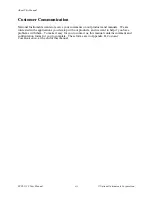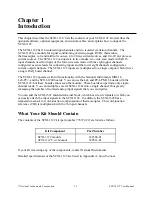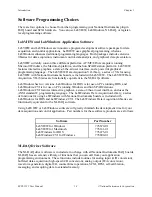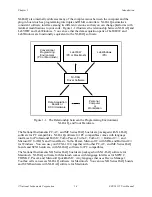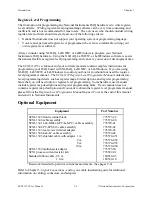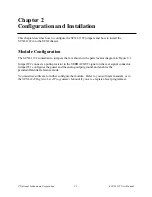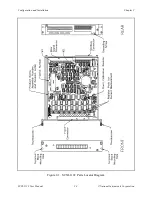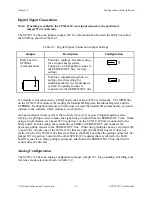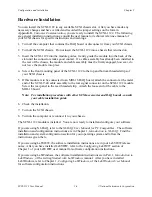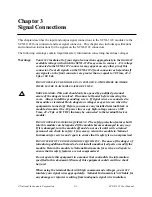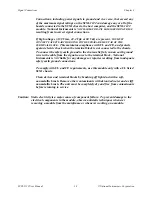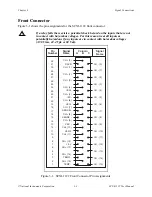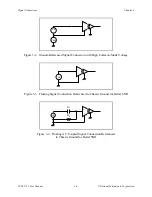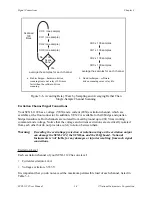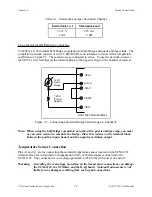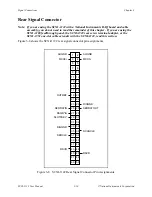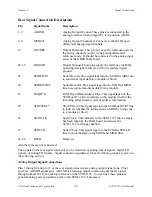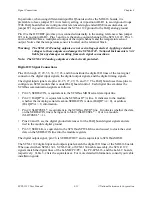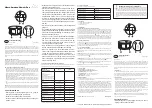
Chapter 2
Configuration and Installation
© National Instruments Corporation
2-3
SCXI-1122 User Manual
Digital Signal Connections
Note: If nothing is cabled to the SCXI-1122 rear signal connector, the position of
jumper W2 is irrelevant.
The SCXI-1122 has one jumper–jumper W2–for communication between the DAQ board and
the SCXIbus, shown in Table 2-1.
Table 2-1. Digital Signal Connection Jumper Settings
Jumper
Description
Configuration
DAQ board to
SCXIbus
communication
Position 1 (pullup)–Use this setting
for a single-chassis system.
Connects a 2.2 k
Ω
pullup resistor to
the SERDATOUT line. (factory
setting)
W2
1
W2
Position 3 (unmarked position, no
pullup)–Use this setting for
additional chassis in a multichassis
system. No pullup resistor is
connected to the SERDATOUT line.
W2
1
If a module is not connected to a DAQ board, the position of W2 is irrelevant. The MISO line
on the SCXI-1122 module is for reading the Module ID Register, the Status Register, and the
EEPROM. National Instruments software does not read the Module ID automatically–you must
indicate to the software which module is in which slot.
An open-collector driver (a driver that actively drives low or goes to high-impedance state,
relying on a pullup resistor to make the signal line go high) drives the SERDATOUT line. When
using a single chassis, set jumper W2 in position 1 on the SCXI-1122 that is connected to the
DAQ board. In this setting, the module drives MISO to SERDATOUT and connects the
necessary pullup resistor to the SERDATOUT line. When using multiple chassis, set jumper W2
to position 1 on only one of the SCXI-1122s that are cabled to the DAQ board. It does not
matter which of the SCXI-1122s that are cabled to the DAQ board has the pullup connected. Set
jumper W2 in position 3 on all of the other SCXI-1122 modules that are cabled to the DAQ
board because if too many pullup resistors are attached to the SERDATOUT line, the drivers
cannot drive the line low.
Analog Configuration
The SCXI-1122 has one analog configuration jumper–jumper W1–for grounding, shielding, and
reference mode selection, shown in Table 2-2.

